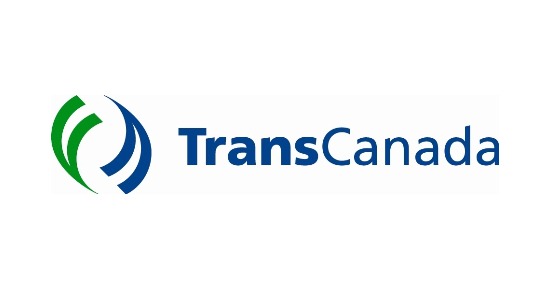To analyze TransCanada’s financial report, you would typically start by examining key financial statements such as the income statement, balance sheet, and cash flow statement. Here’s a general framework for conducting such an analysis:
- Income Statement Analysis:
- Review revenue trends: Look at the company’s revenue over multiple periods to identify growth or decline trends.
- Analyze profitability: Calculate and assess profitability metrics such as gross profit margin, operating profit margin, and net profit margin to evaluate the company’s efficiency in generating profits.
- Identify cost drivers: Break down operating expenses to understand the major cost components impacting the company’s profitability.
- Balance Sheet Analysis:
- Examine liquidity: Assess the company’s liquidity position by analyzing current assets and current liabilities to determine its ability to meet short-term obligations.
- Evaluate solvency: Review long-term debt levels and equity to assess the company’s long-term financial stability and ability to meet its long-term obligations.
- Analyze asset composition: Evaluate the composition of the company’s assets to understand its investment priorities and potential risks.
- Cash Flow Statement Analysis:
- Assess cash flow from operations: Analyze cash flow from operating activities to understand the company’s ability to generate cash from its core business operations.
- Evaluate cash flow from investing and financing activities: Examine cash flow from investing and financing activities to assess the company’s capital allocation decisions and financing strategies.
- Key Financial Ratios:
- Debt-to-equity ratio: Measure of the company’s leverage and solvency.
- Return on equity (ROE): Measure of the company’s profitability relative to its equity.
- Current ratio: Indicator of the company’s liquidity and ability to meet short-term obligations.
- Earnings per share (EPS): Measure of the company’s profitability on a per-share basis.
- Comparison and Benchmarking:
- Compare TransCanada’s financial performance with its peers in the industry to identify relative strengths and weaknesses.
- Benchmark key financial ratios against industry averages or benchmarks to assess the company’s performance relative to industry norms.
- Qualitative Analysis:
- Consider qualitative factors such as industry dynamics, regulatory environment, competitive landscape, and company strategy to provide context for the financial performance.
By following these steps and conducting a thorough analysis, you can gain insights into TransCanada’s financial performance, strengths, weaknesses, and overall financial health.




